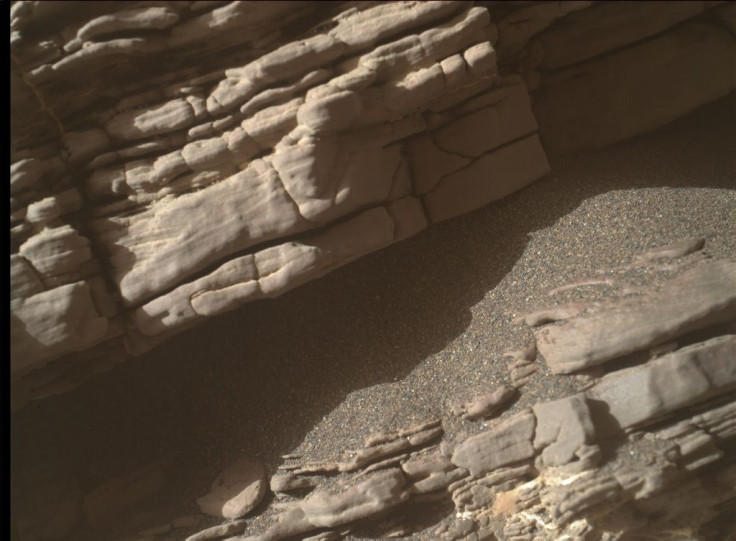NASA Photo Shows 'Crab Monster' Creeping On Mars Surface?

When it comes to trying to find something spectacular outside our planet, people tend to see something meaningful in something so ordinary.
This is especially true when it comes to Planet Mars, wherein both space agencies and space fans have access to a number of information and photos taken by the most powerful orbiters and rovers. These photos have been poured over by alien theorists and UFOlogists in hopes of finding something extraordinary among the planet’s dry and dusty surface.
For years, these alien theorists have discovered a number of oddities such as a rat, a pig, a penguin and even a woman among Mars’ rocky surroundings. The images, of course, turn out to be a dud, but it has not stopped them from trying to find more.
This included the discovery of a “crab monster” lurking in the rocky tundra of Mars. The supposed crustacean was “captured” by NASA's Mars Curiosity rover a few years back. What’s interesting about the snapped photo is that a crab is a very likely organism or fossil that can be found on Mars, which scientists believe was covered by vast oceans.
The image developed infamy because many actually likened it to a Cthulhu, a mythical creature created by writer H. P. Lovecraft. Upon closer inspection of the photo, however, it was surmised that the image was nothing more than a product of light and shadow playing tricks on people by making a normal rock formation look extraordinary.
Some experts call this uncanny way of finding things on the Red Planet as our brain’s way of finding a pattern that could eventually lead to something actually important in the future. The process is known as Pareidolia, which is a normal neuro perceptual phenomenon according to neuroscientists from the University of Toronto.
The ability to see these irregularities might prove to be advantageous in the long run since it could give scientists direction as to which areas to explore on the Red Planet.
“Pareidolia is a normal neuro perceptual phenomenon. It happens in auditory and tactile domains as well … [pareidolia] helps us to be super alert to things … and thus is evolutionarily advantageous,” Dr. Kang Lee, a neuroscientist from the University of Toronto, said.
More than the odd shapes, the NASA rover Curiosity has been instrumental in a number of important discoveries such as determining the Red Planet’s radiation and even stumbling upon a patch of Martian surface with an interesting amount of methane gas, a substance often associated with living organisms.
© Copyright IBTimes 2024. All rights reserved.





















